The Myth and the Magic | Clash of the Titans 40 Years Later
One of the most influential moments in the history of film took place in March of 1933, when a young Ray Harryhausen first saw the film King Kong. The primitive stop motion effects in the film fascinated the 13-year-old Harryhausen, and it set the course of his life. Over the next 20 years he dedicated himself to learning photography, model making, animation and direction; all to achieve the goal of creating the same magic he saw on screen as a child. In 1953 he achieved his goal, when he was put in charge of the special effects for The Beast From 20,000 Fathoms. It was the beginning of a glorious career.
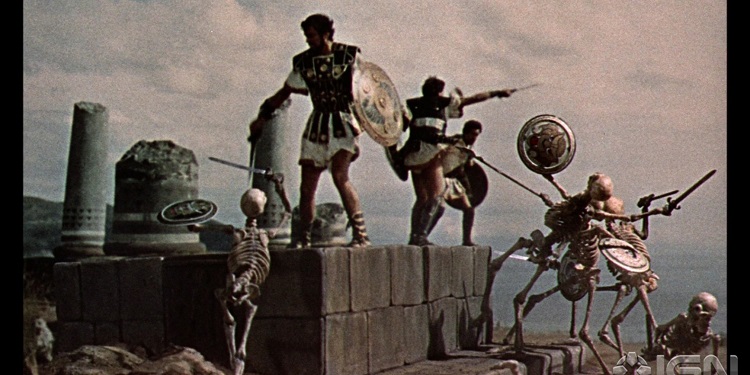
Over the following decades, Harryhausen was responsible for making the impossible come to life on the screen. Of these films, his masterwork is considered to be 1963’s Jason and the Argonauts. It’s based on the Greek legend of a group of heroes travelling to retrieve the mythical golden fleece and features them battling the Hydra, a gigantic brass golem, and a group of skeletons sprouted up from dragon’s teeth. All of these were brought to life through Harryhausen’s artistry. He made several other great films in the years that followed (his Sinbad films being especially well-remembered), but by the end of the 1970s he was thinking about retiring from the business. It’s only natural that he returned to the Greek myths for his final film Clash of the Titans.
He also reunited with the screenwriter for Jason and the Argonauts – Alan Beverly Cross. Cross was primarily a playwright, but this matched up well with the mythic material that Harryhausen wanted to work with. The producer was Charles H. Schneer, who was a long-time Harryhausen collaborator and who had also worked on Jason. This would also be his last picture. Like Harryhausen he had moved to England in the 1960s, and so that was their base of operations for the film. The original title was Perseus and the Gorgon’s Head. Pre-production on the film began in 1977, but it wasn’t until over two years later that they began filming at Pinewood Studios in Buckinghamshire.
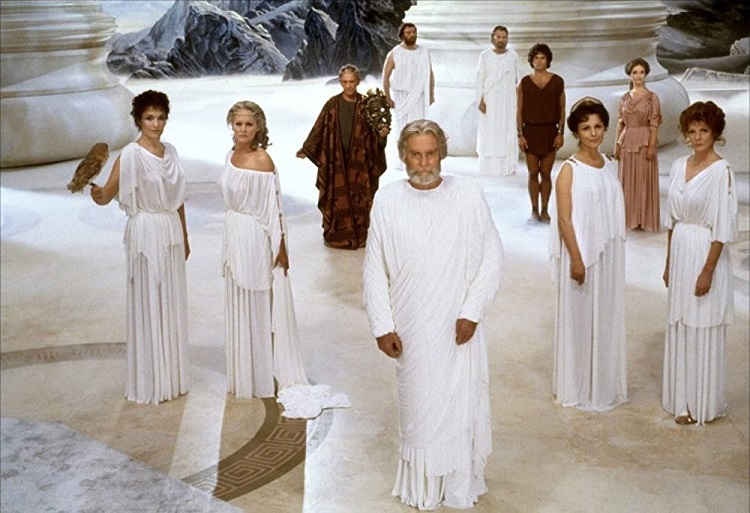
By far the biggest name attached to the film was Laurence Olivier, who played Zeus. He was paid $300,000 for a week’s work on a soundstage. It was a canny investment – Schneer was able to attract many other big-name actors with the promise of “working with Olivier”. They made up the rest of the Greek gods, including Maggie Smith (who was married to the screenwriter) as the sea goddess Thetis. Ursula Andress also has an almost silent part as the goddess Aphrodite, while Susan Fleetwood (sister of Mick Fleetwood from Fleetwood Mac) has a small but pivotal role as the goddess Athena.
The machinations and jealousies of these gods are the driving force for the drama that unfolds in the mortal world, symbolised by the clay figures they use to represent their mortal toys. While Olympus is an antiseptic marble paradise, filled with smoke and light, ancient Greece is mostly portrayed by southern Italy and Malta. This allows real ancient (Roman) ruins to be used as a location, which does help the film to feel more authentic.
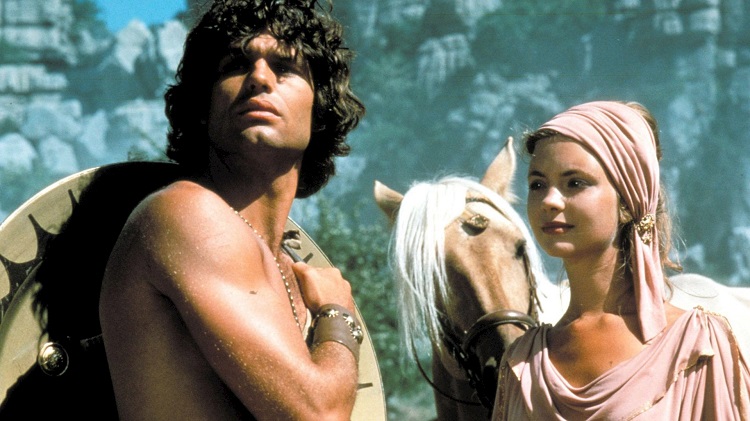
The film begins with screaming and human sacrifice. The king of Argos has been shamed because his daughter has given birth to an illegitimate son. (Naturally the child’s father is Zeus himself.) To “regain his honour” the king orders her and the child to be put into a box and thrown into the sea. Zeus responds by not only killing the king but by ordering Poseidon to “let loose the Kraken”, an ancient monster who destroys the entire city. In the meantime, the box is borne safely to the island of Seriphos, where the child grows up into Perseus.
Perseus is played by Harry Hamlin, who would go on to become extremely well known for his part in the show LA Law. At this point, he was an unknown actor, but he was a good fit for the role. Perseus lives an idyllic life on Seriphos, up until fate intervenes. Zeus punished Calibos, the son of Thetis, for his crimes by turning him into a monster. Thetis retaliates by transporting Perseus to the city of Joppa while he sleeps. Zeus decides to let the adventure play out, though he orders the goddesses of Olympus to give Perseus magical items to help him on his journey. These include a sword, a shield, and a helm of invisibility. Perseus immediately puts the helm to the best use he can think of: he sneaks into a woman’s bedroom to watch her sleep.
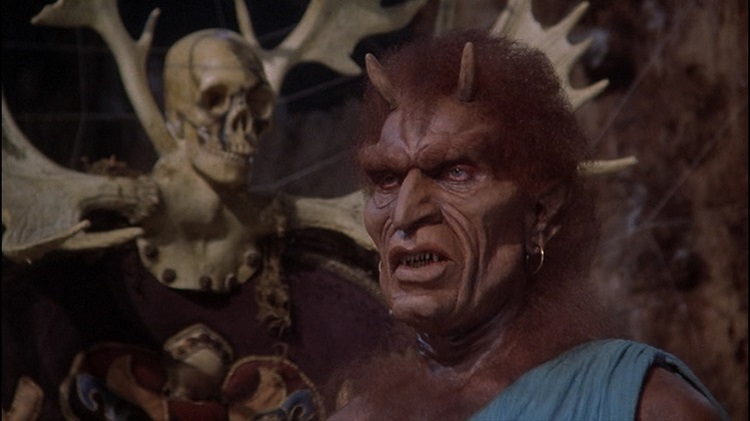
Of course, the film casts this in a better light: the woman is Princess Andromeda (played by Judi Bowker), who he knows is under a curse. She was formerly betrothed to Calibos, who now forces her to ask her suitors impossible riddles and kill them when they fail to answer. Perseus breaks the curse (losing his helmet in the process) and wins the hand of the princess in marriage. Unfortunately her mother Cassiopeia makes the mistake of saying that her daughter is “more beautiful than Thetis herself”, while standing right next to a statue of Thetis. Naturally the goddess condemns her, and orders her to sacrifice Andromeda to the Kraken or Joppa will be destroyed.
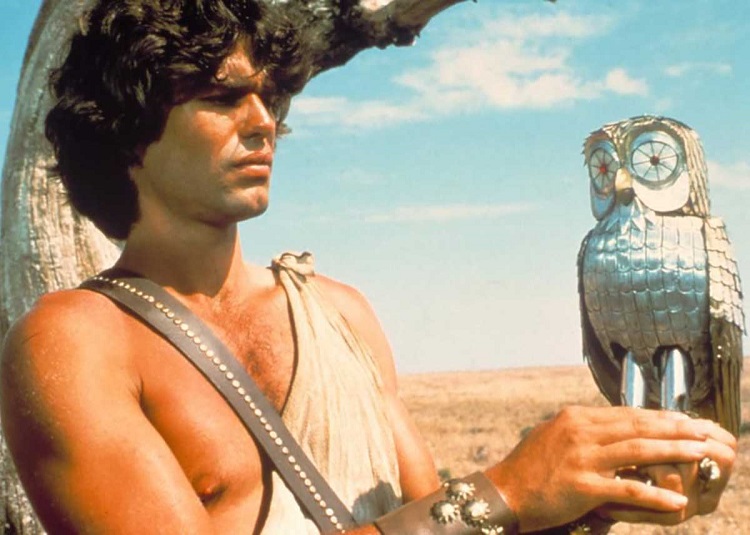
Perseus sets out on an adventure to find a way to defeat the Kraken. Zeus orders Athena to send her owl to guide him, but she sends a mechanical replica instead. The replica (named Bubo) was clearly created in order to be sold as a toy, though it does feature heavily in the plot. For starters, he leads Perseus to a cave where he bullies three old ladies into telling him how to defeat the Kraken, then he heads to the Isle of the Dead to murder Medusa and use her head to defeat the beast. (For the record, Medusa did not deserve this.) Throw in one gratuitous scorpion battle, one bit of gratuitous nudity, and a final confrontation that drags things out just a little too much; and that’s the movie.

Clash of the Titans was released in June of 1981 and made its budget back within weeks. Though it’s not considered to be Harryhausen’s best movie (most people prefer Jason and the Argonauts) it’s one of his most successful. It was one of the highest-grossing films of the year, and a re-release the following year only added to the popularity.
It wasn’t a bad note to end a career on. The film remained popular and was even remade in 2010 (with mixed results). But the lasting impact of the film has been on the children who have watched it through the years. For many, this was their introduction to Greek myths like those of Medusa, Pegasus, Perseus and the Stygian Witches. Just like the young Ray Harryhausen decades earlier, they left the cinema with magic in their hearts. That’s not a bad legacy for a career in making the impossible seem real.
Images via IMDB.

